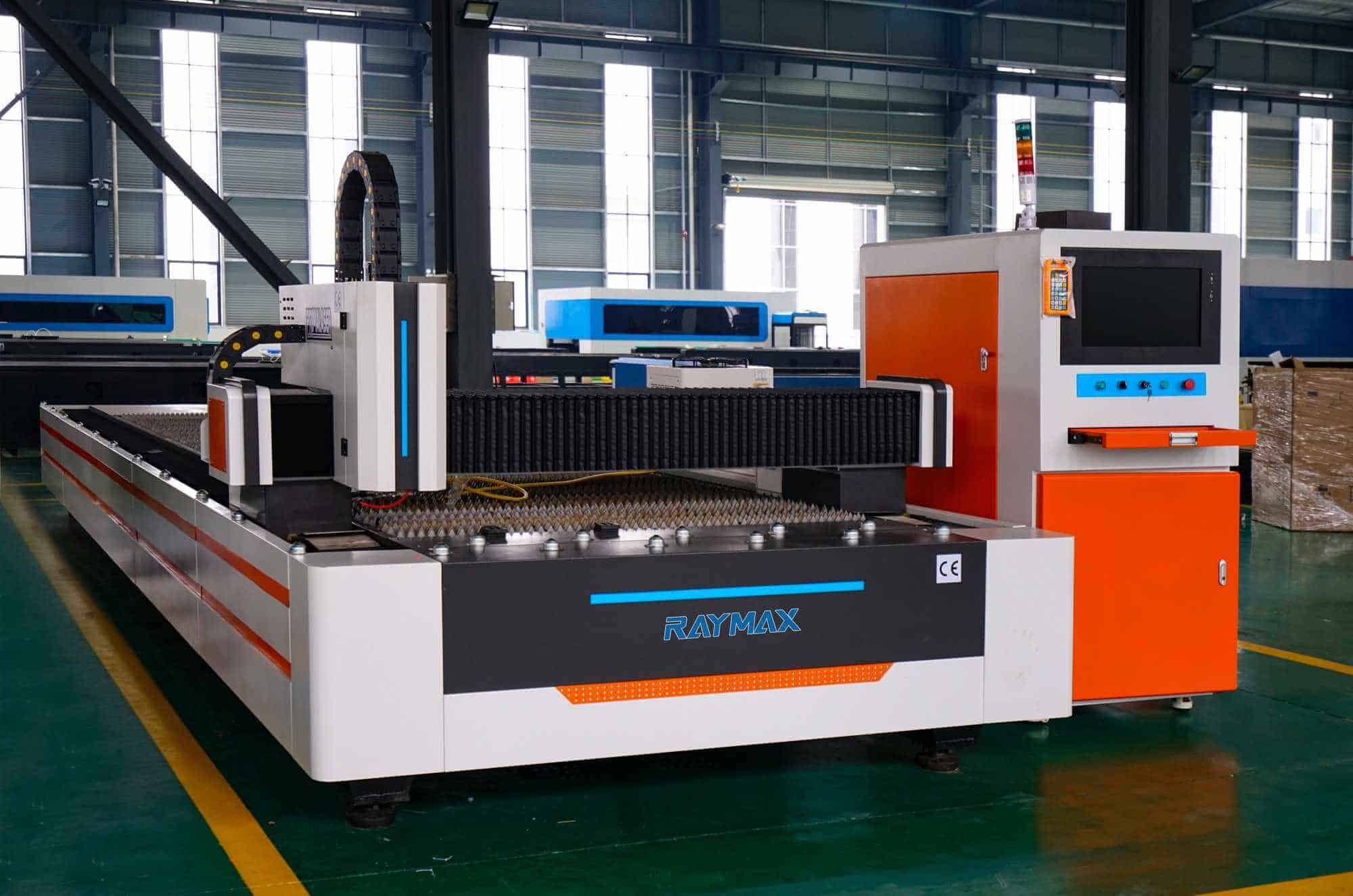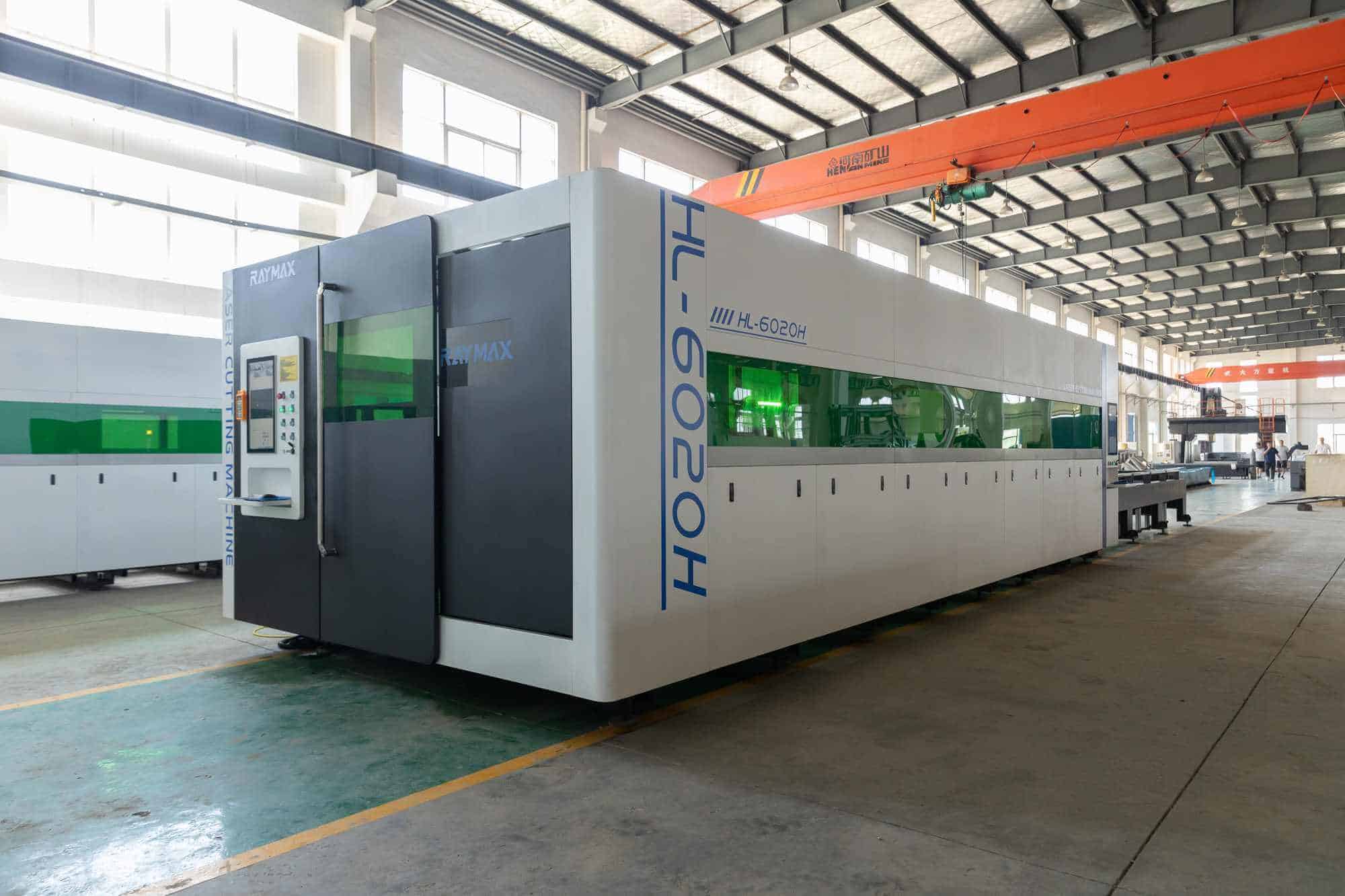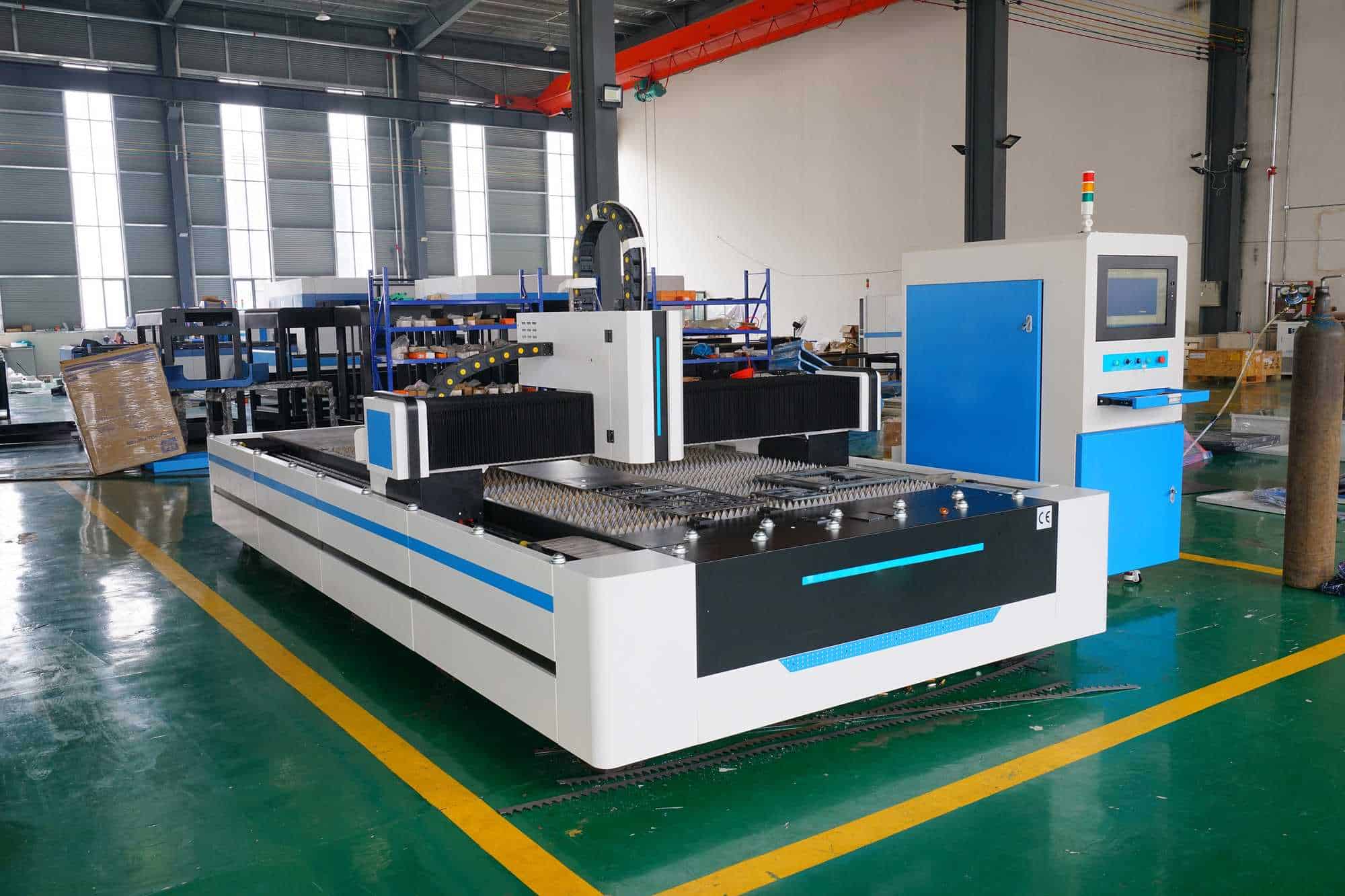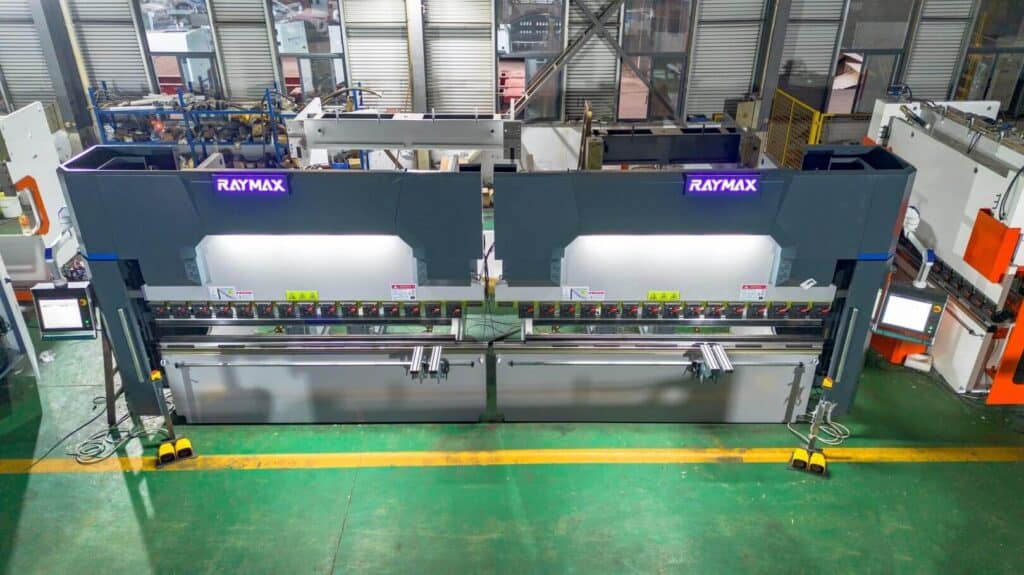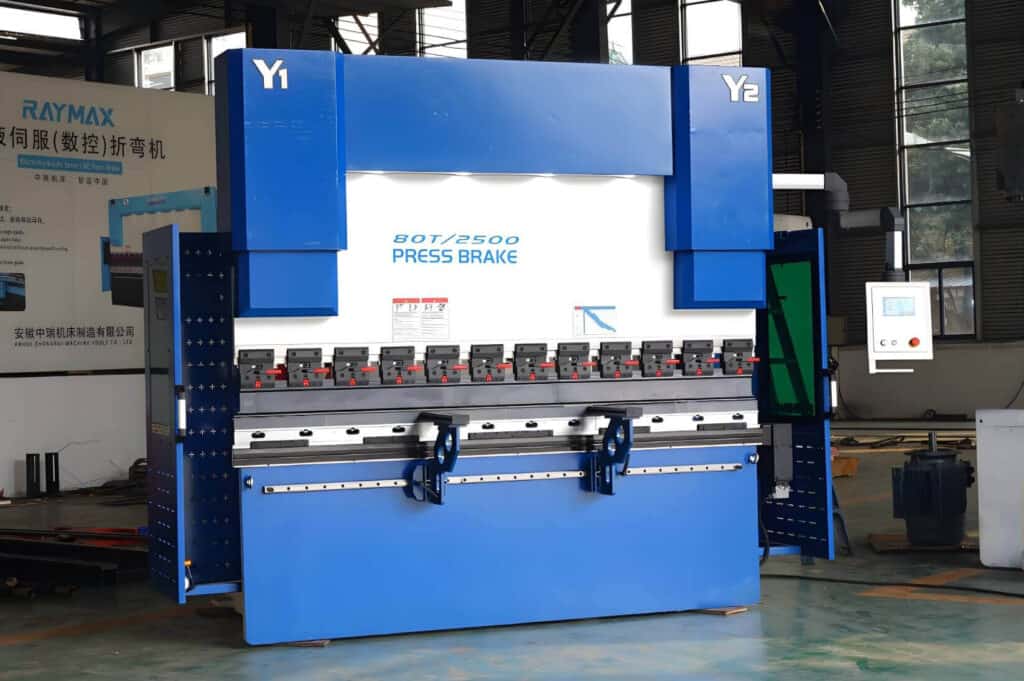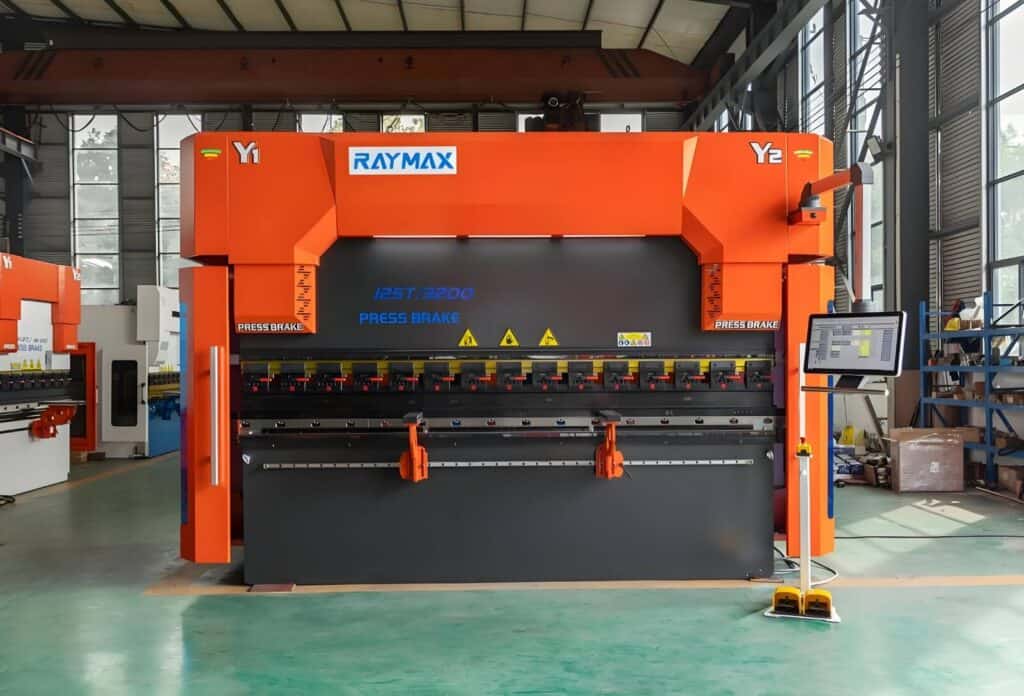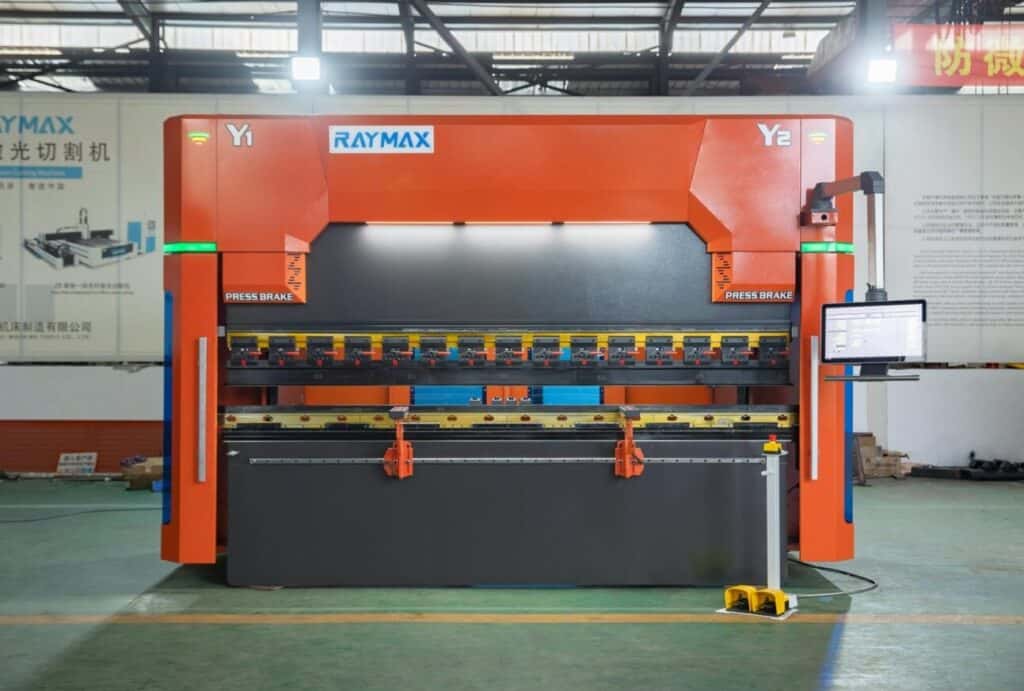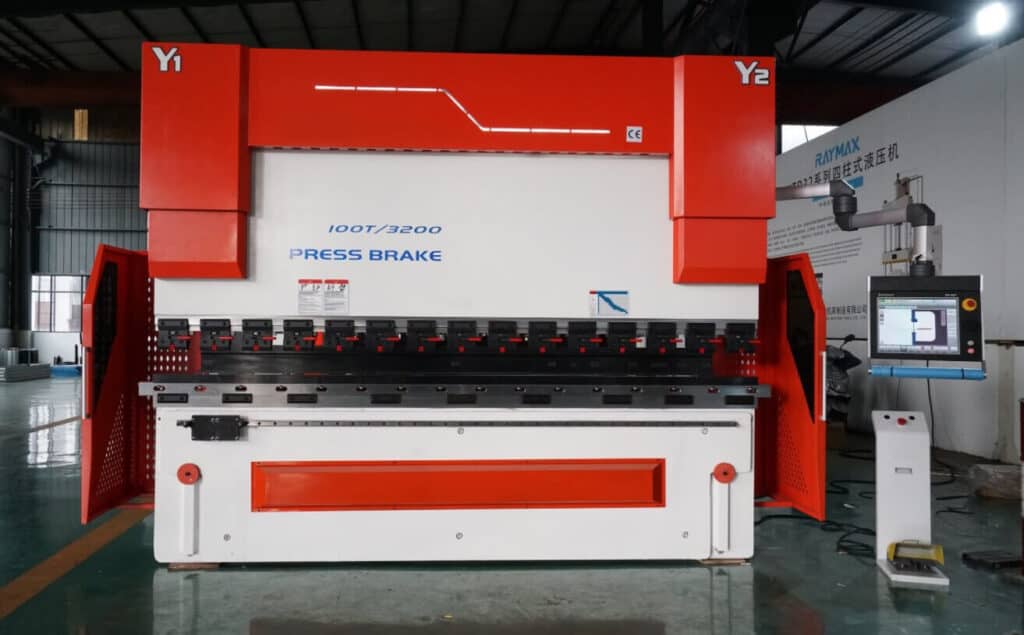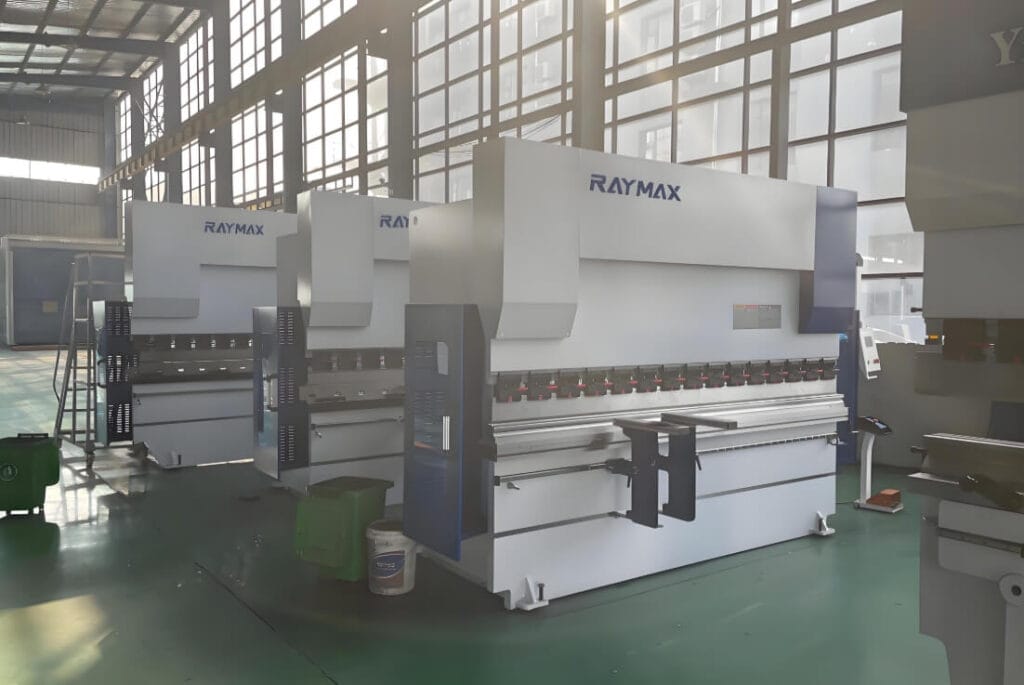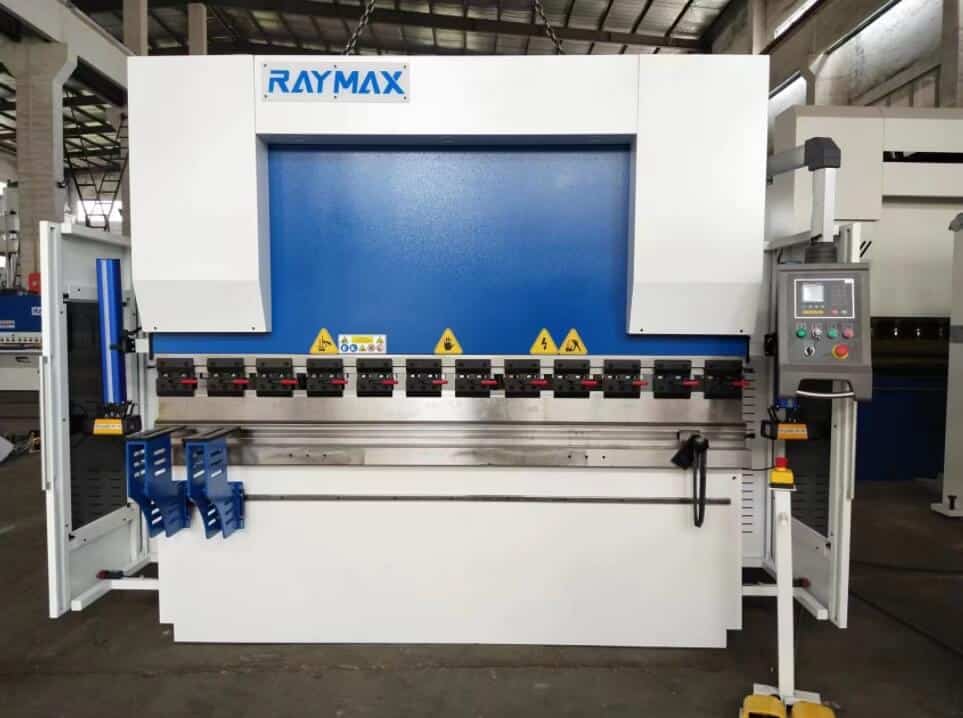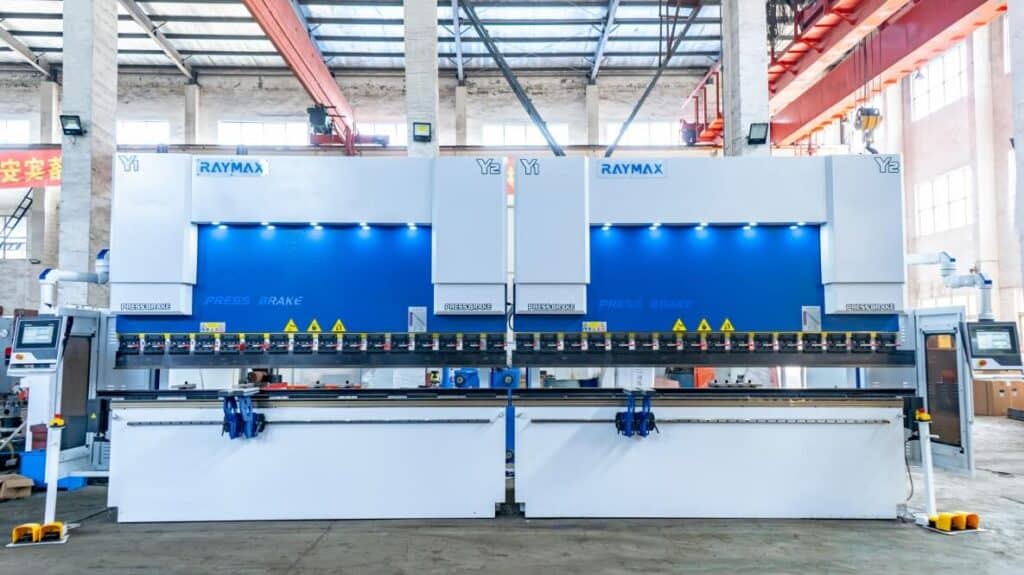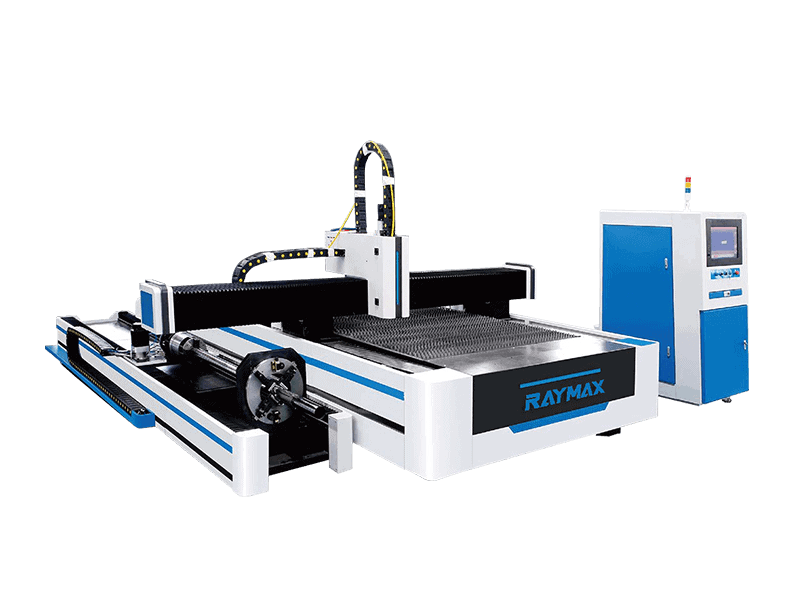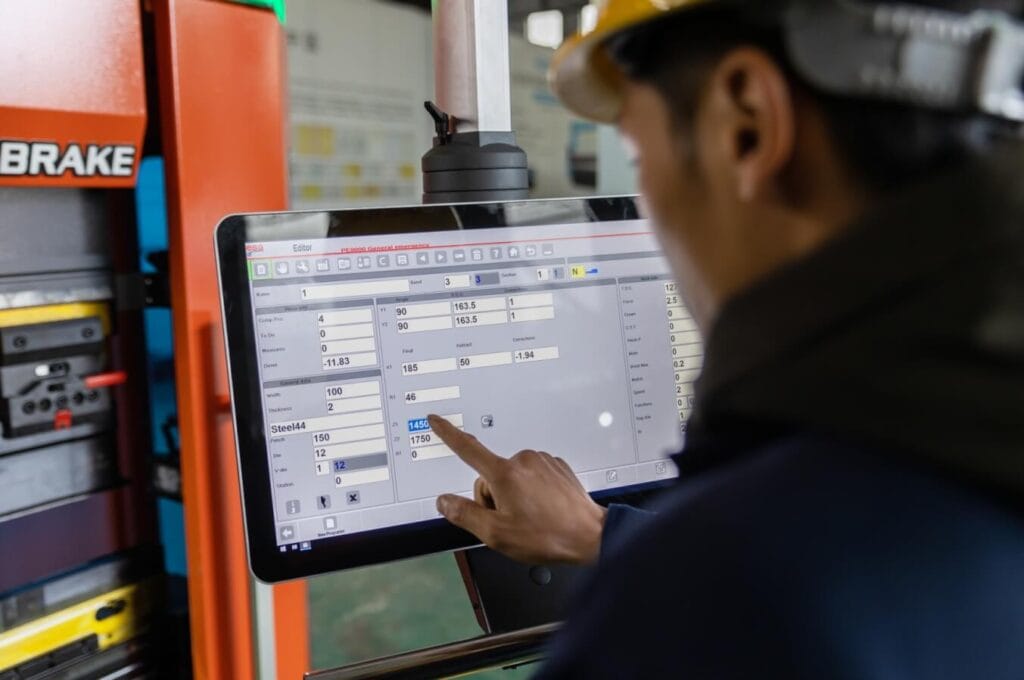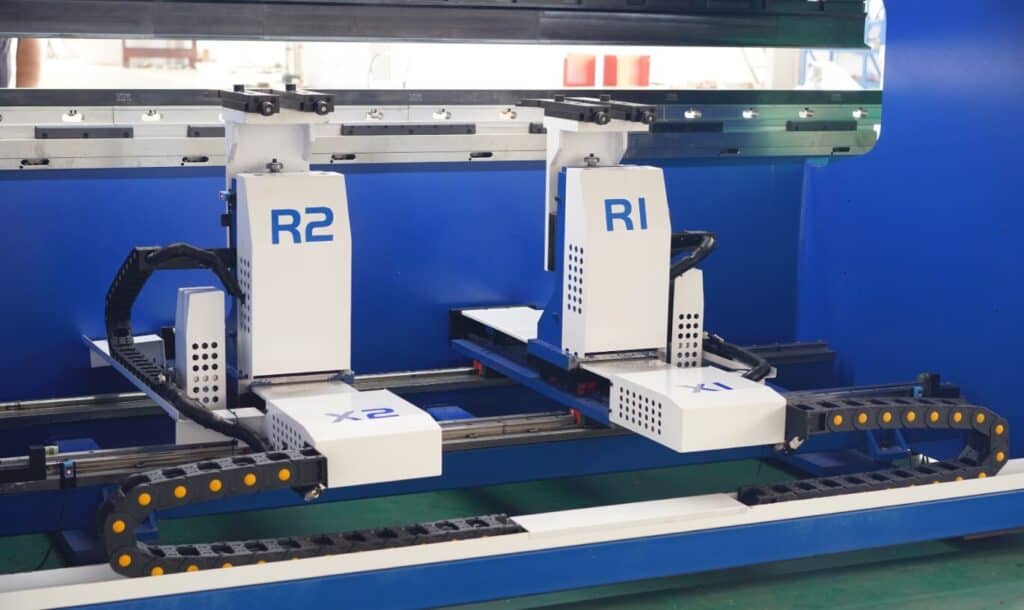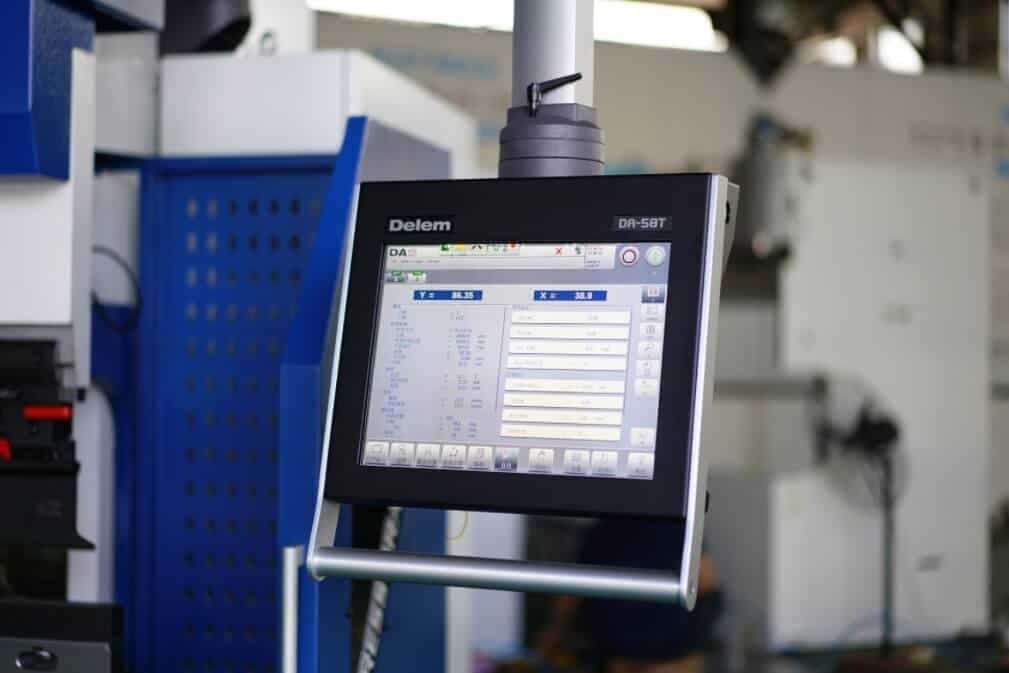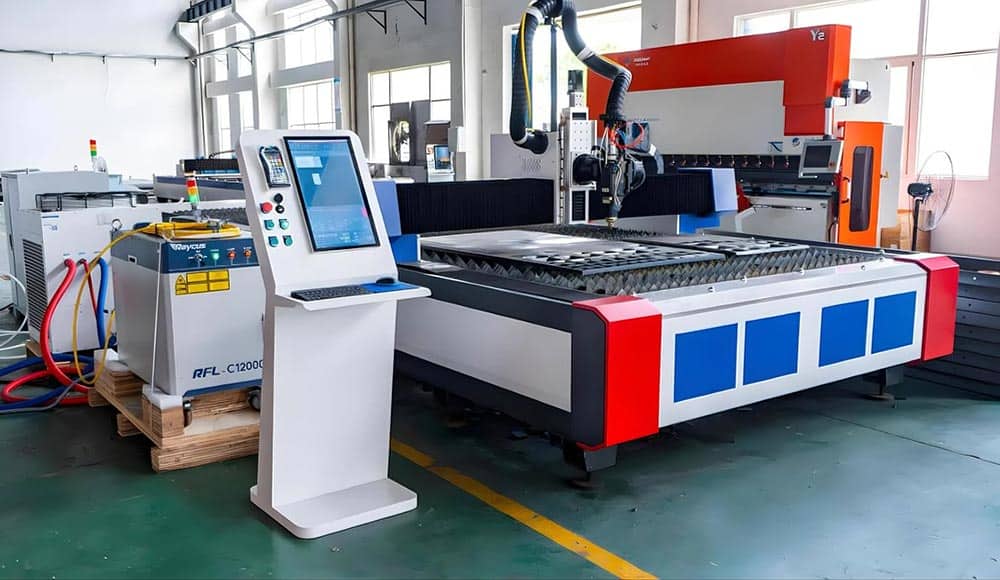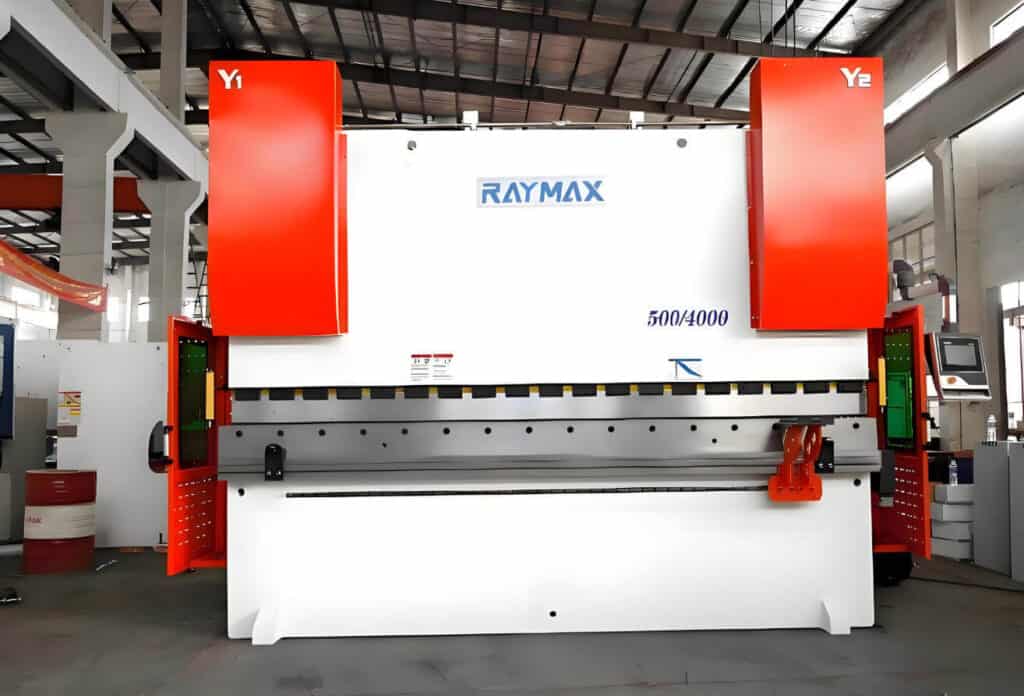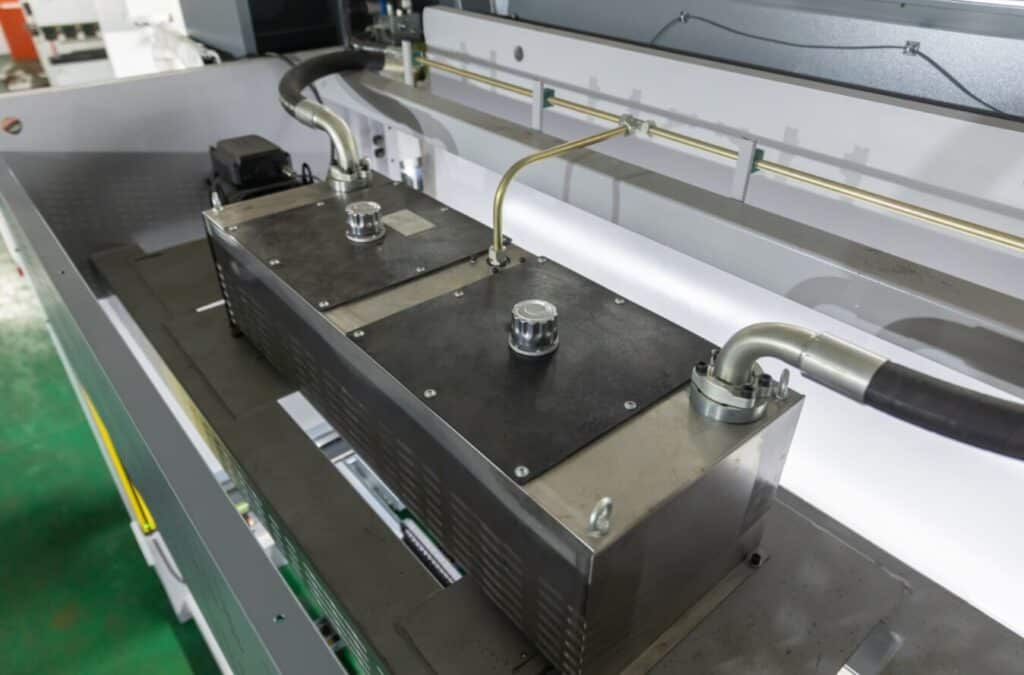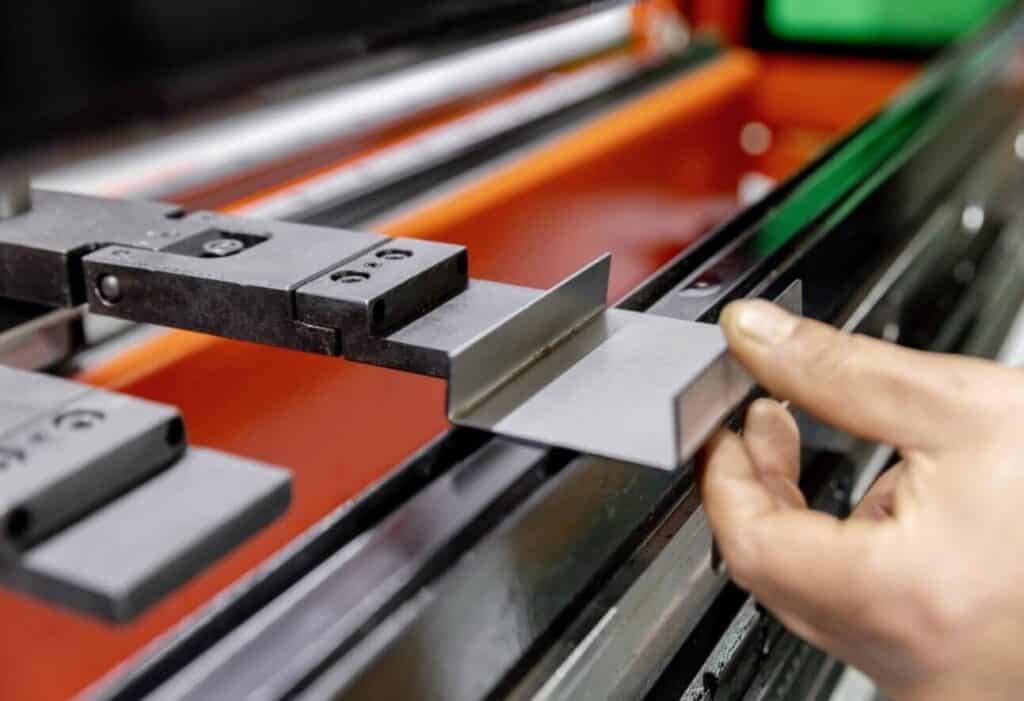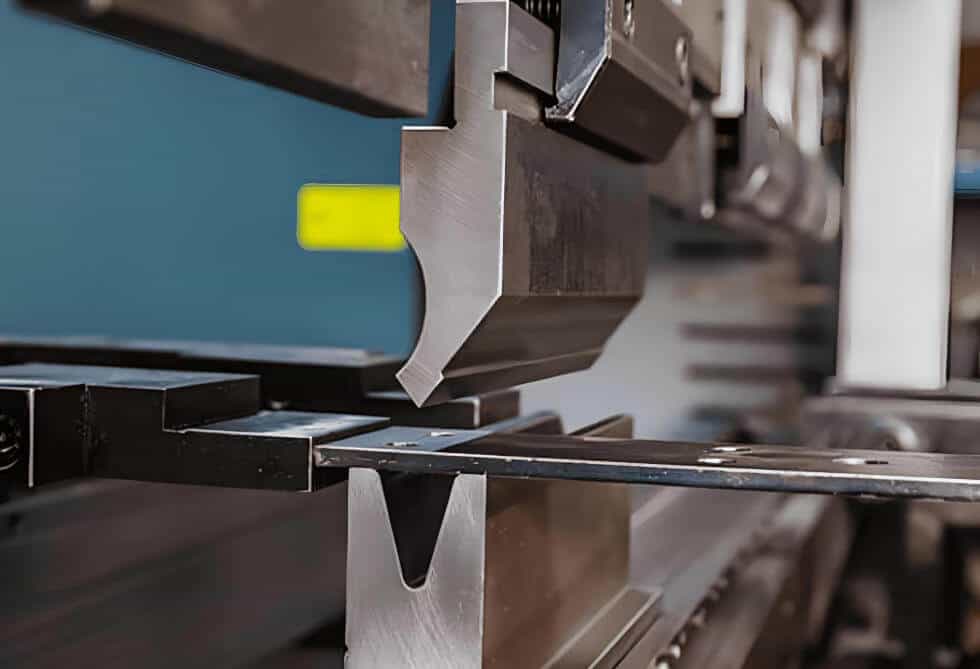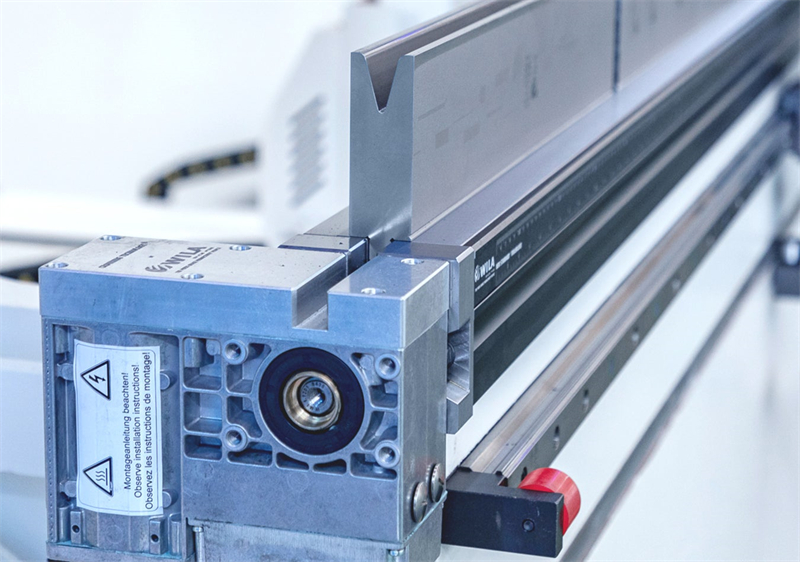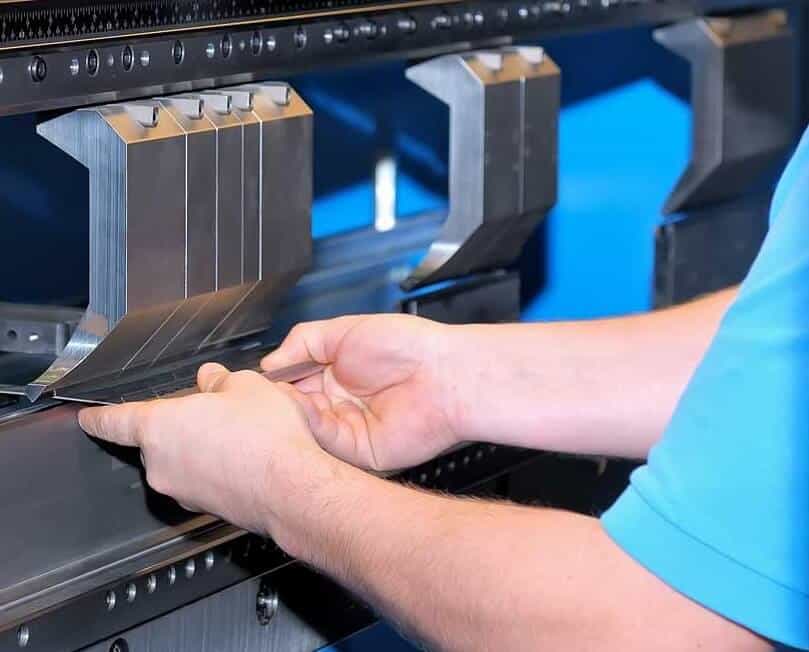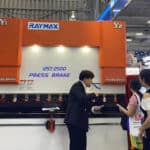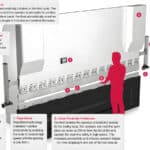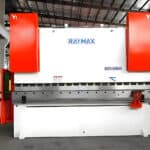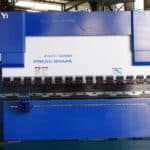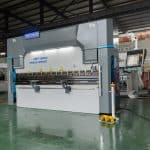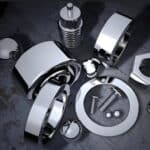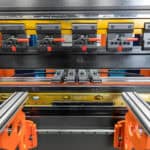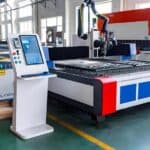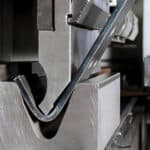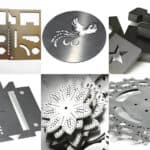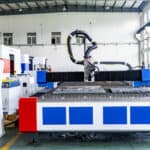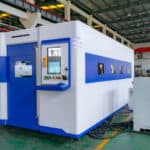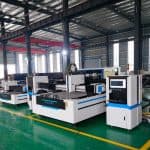1. Introduction
1.1 Brief introduction of laser cutting technology
CNC laser cutting technology is a technology that drives a laser beam to cut through materials. Cutting precision, flexibility and high efficiency are its distinguishing features, so it plays a vital role in many fields such as manufacturing, engineering and design, and is widely used in modern manufacturing industries such as automotive and aerospace. With the continuous development of modern industry, there is an increasing demand for high-precision and efficient cutting of laser cutting machines. This article aims to help you gain an in-depth understanding of the types, advantages, areas of application, and how to choose the right machine for CNC laser cutting machines.
2. What is the definition of CNC laser cutting machine
2.1 Definition of CNC laser cutting machine
CNC laser cutting machine is a kind of cutting equipment that controls the laser with computer program to achieve high-precision cutting.
2.2 The working principle of CNC laser cutting machine
The laser source in the laser cutter generates a high-power laser and focuses it into a very small laser beam through an optical fiber or lens that shines on the material to be cut. A large amount of high temperature is able to heat the material to its melting point or vaporization point in a short period of time, forming a cut.
3. CNC laser cutting machine classified by laser source type
3.1 CO2 laser cutting machine
Working principle: The mixed gas is excited under the action of high voltage to form a CO2 laser, so that it can be heated and melted or vaporized to achieve the purpose of cutting.
Advantages: The quality of non-metallic cutting is particularly high, and the applicability is relatively wide.
Disadvantages: need to change the gas regularly, high maintenance cost, low photoelectric conversion efficiency, not suitable for cutting thicker metals.
Applicable materials: mainly suitable for non-metallic materials such as wood, plastic, acrylic and a small amount of metal materials.
Cost and Maintenance: The initial cost is lower, but subsequent gas changes are the main maintenance cost.
3.2 Fiber laser cutting machine
Working principle: A fiber laser diode is pumped to generate a laser light, using an optical fiber doped with rare earth elements as a gain medium, focusing to the cutting point for cutting.
Advantages: High wall-plug conversion efficiency, fast cutting speed, low maintenance cost.
Disadvantages: The cutting effect of some non-metallic materials is poor, and the initial investment is high.
Applicable materials: Suitable for all kinds of metals and highly reflective materials.
Cost and Maintenance: The initial investment is relatively high, and the main maintenance points are lens cleaning and protective lens replacement due to low energy consumption, no gas consumption and low operating costs in the future.
3.3 Nd:YAG/Nd:YVO lasers
Working principle: The laser uses neodymium-doped yttrium aluminum garnet or neodymium-vanadate yttrium crystal as a gain medium, and generates a laser through a flash lamp or diode pump, which is focused by optical fiber or reflector.
Advantages: High output power, high flexibility, suitable for marking and precision cutting, can be used for cutting and welding of a variety of materials.
Disadvantages: When cutting thick materials, the heat-affected area is large, which leads to deformation in severe cases. The photoelectric conversion efficiency is low, and heat dissipation problems are prone to occur, and the equipment cost and operating cost are relatively high.
Applicable materials: Mainly suitable for metal and some non-metallic materials, especially in marking and thin material cutting.
Cost and Maintenance: The laser has a higher initial cost and the pump lamp is replaced more frequently, which increases the maintenance cost.
3.4 Direct diode lasers
Working principle: As the name suggests, the laser light of a direct diode laser is generated directly through the semiconductor and then efficiently converted into other energy.
Advantages: High laser conversion efficiency, low energy consumption and low cost for long-term use.
Disadvantages: Insufficient cutting ability, very difficult to cut metal and thick materials. The beam quality is poor, and high-precision cutting applications are not up to the task. The machine needs to be cooled down, otherwise performance will be greatly affected..
Applicable materials: Used for thin metals, non-metals and some special materials.
Cost and Maintenance: Direct diode lasers have a low initial cost, with little to no consumables, and the cost is mainly cooling and cooling maintenance costs.
3.5 Comparison between CO2 laser cutting machine and fiber laser cutting machine
3.5.1 Principle
Fiber laser mainly uses a solid-state gain medium to create a crystalline fiber to conduct laser; CO₂ lasers, on the other hand, use a mixture of gases to produce lasers.
3.5.2 Focus on applicable materials
The wavelength ratio of fiber laser cutting machine is relatively short. So it is suitable for metallic materials and the other is suitable for non-metals.
3.5.3 Material and thickness applicability
The high-speed and high-precision of fiber laser is only suitable for those who are good at cutting thin metals; CO₂ lasers have the ability to cut thick plates and non-metals.
3.5.4 Efficiency and output
The electrical efficiency of fiber lasers is as high as 30-50%, which is more than 2 times faster than CO₂ lasers, and the cutting speed is 2 times faster than CO₂. The high efficiency and high speed of fiber lasers are a boon for high-volume producers, while CO₂ lasers even require a ten-minute warm-up time, which can greatly reduce efficiency and yield.
4. What are the advantages of using a CNC laser cutting machine
4.1 Automation
The machine controls the laser to realize a series of processing processes. Labor costs are required to be low, and productivity can be improved.
4.2 High precision
Equipped with precision motor, strong focusing ability, small incision width, can achieve extremely high precision cutting, more efficient use of materials.
4.3 Environmental protection
Laser cutting precision is high, no contact with materials, less waste generated by processing, smoke and particulate matter can also be purified, and the energy consumption is relatively low.
5. How to choose the right CNC laser cutting machine
5.1 Choose according to the type of material
A particular material is cut by a specific laser cutter, otherwise the results are not good. For example, fiber laser cutters are suitable for metals, while CO2 laser cutters are more suitable for non-metals.
5.2 Choose according to the thickness of the material
Thick materials may require lasers with a higher power range.
Laser cutting machines face different material thicknesses, and the accuracy and efficiency of cutting are affected. Thick materials may require lasers in a higher power range to ensure the required accuracy and quality.
5.3 Required accuracy/beam quality
Compared to CO2 laser cutters, fiber lasers have better beam quality, resulting in finer and smoother cuts. When high-precision products are required, fiber lasers can be prioritized.
5.4 Production speed requirements
Fiber lasers have high-speed performance and are the faster option in mass production. In contrast, CO2 lasers are slightly less fast, but high-powered CO2 laser cutters can still meet most of the fast cutting needs.
5.5 Initial investment budget
Fiber laser cutters have a high initial cost but will reduce their operating costs in the long run, while CO2 cutters have a lower initial cost and pay more for consumables. Enterprises should deeply consider which laser cutting machine to choose before production
5.6 Operating and Maintenance Costs
After a long period of operation, the laser cutting machine will be aging or damaged. The repair or replacement of parts, the electricity consumed in the later stage, and the material loss caused by the decrease in accuracy in the later stage need to be taken into account by the enterprise.
5.7 Intended Use
Laser cutting is divided into engraving, drilling, or slicing, and different cutting methods should choose different types of cutting machines. For example, CO2 lasers provide an excellent engraving process on materials such as wood and glass.
5.8 Working Environment
A good environment can make the cutting machine have a better service life. Considering the requirements such as smooth ventilation and the size of the working space, the impact of the environment on the performance of the laser cutting machine can be avoided.
6. Application field of CNC laser cutting
6.1 Automotive Industry
Automobile manufacturing requires a lot of precision parts. Laser cutters can not only meet the needs of the automotive industry, but also improve the productivity of vehicles.
6.2 Aerospace industry
In the aerospace field, CNC laser cutting machines are used to process lightweight materials and manufacture parts with very tight tolerances, especially suitable for cutting some composite materials for the assembly of some complex parts.
6.3 Electronics Industry
CNC laser cutting machines are very useful in electronics production, especially for the precision machining of small devices, such as the manufacture of circuit boards and smartphone parts.
6.4 Medical equipment manufacturing
CNC laser cutting machines are favored by the medical industry for their high precision in the production of surgical instruments, medical equipment and orthopedic implants in a sterile environment throughout the process.
6.5 Jewelry Industry
CNC laser cutting machines can produce very complex high-precision patterns and cut high-value items such as jewelry, which is important for the design and processing of fine jewelry.
6.6 Construction Industry
CNC laser cutting machines can be used to cut structural parts such as buildings, bridges, and even make some household decorations.
6.7 Metalworking Industry
High automation and high efficiency allow the factory to cut and manufacture metal parts on a large scale.
6.8 Advertising Identification Industry
Set up the art cell into code, use the code to guide the machine, design and produce advertising signs and display props.
6.9 Arts and Crafts Industry
Provide cutting support for intricate patterns for artworks, so as to achieve the purpose of cutting and assembling, and finally create works of art and handicrafts.
7. Conclusion
CO2 laser cutting machine cutting non-metal quality is good, suitable for the field of non-metallic materials, fiber laser cutting machine has obvious advantages in the field of metal cutting because of high precision and efficiency, Nd:YAG/Nd:YVO laser has high flexibility, good performance in marking and thin material cutting, direct diode laser equipment has compact structure, low energy loss, used for thin metal, non-metal and some special materials cutting.
The production efficiency and production accuracy of a good laser cutting machine are relatively top-notch, which is an important factor in the production of enterprises. Raymax is a company that specializes in providing professional advice to customers and selecting the most suitable laser cutting machine. Customers who are interested or in need can actively consult us.
8. Frequently Asked Questions (FAQs)
Further Reading
Quickly choose the right laser cutting machine ultimate guide
What is a Press Brake Operator? Duties, Skills, Salary & Career Prospects Explained!
Press Brake CNC Back Gauges Explained: Multi-Axis Systems, Installation & Troubleshooting
Proper setup steps for Press brakes and analysis of common calibration issues
Fiber Laser Cutting Machine Process
What Is a 3 Axis Press Brake? Complete Guide to Structure, Benefits & Selection
The Heart of Every Press Brake: Select, Maintenance & Upgrade Hydraulic Cylinders
Definition of press brake tool material
press brake technology: a guide to 11 Types of press brake bending process
Press Brake Bending Basics: Everything You Need to Know for Efficient Bending
Choose the Right Deflection Compensation System for Accurate Bending of Long Workpieces!
Ultimate Guide to Press Brake Punches: Eleven Types, Materials, Selection, and Maintenance
Post Your Review
Share Your Thoughts And Feelings With Others
Hello, Customers!

Author introduction
My name is Francis Pan, and I am the foreign trade manager of RAYMAX. I have been engaged in the fields of metal manufacturing and CNC machinery for over 10 years. Welcome to visit our official website, I am more than happy to provide you with the best service and products.
Email: [email protected] | Wechat: 13645551070
Top Guidelines
- What is an 8 axis press brake: Why It’s the best investment for complex bends
- Press Brake Guarding Systems & Requirements: OSHA‑Compliant Injury Prevention Guide
- What Is a 3 Axis Press Brake? Complete Guide to Structure, Benefits & Selection
- What is a 4 Axis Press Brake? Configuration, Advantages and Uses analysis
- What is a 6 Axis Press Brake? Working Principles, Advantages, Applications, and Buying Guide
- What Is a Press Brake Used For? 16 Industry Applications and 8 Types of Bends
- Press Brake Sheet Follower: Smart Support for Long, Thick, Thin Sheets
- Fiber Laser Cutting Machine Process
- Press Brake Air Bending: Guide to Principles, Calculations & Best Practices
- What Materials Can a Fiber Laser Cut? A Practical Handbook of Metals, Non-Metals & Limitations
- What is a Fiber Laser Cutting Machine? The Ultimate Guide for 2025
- What is Laser Cutting Machine? The Ultimate Guide for 2025
- Top 10 Fiber Laser Cutting Machine Manufacturers of 2025
- Press Brake Buyers Guide: Expert Tips to Select, Compare, and Buy with Confidence
- Hydraulic Press Brake Troubleshooting: The Ultimate Guide to Fix Common Problems

